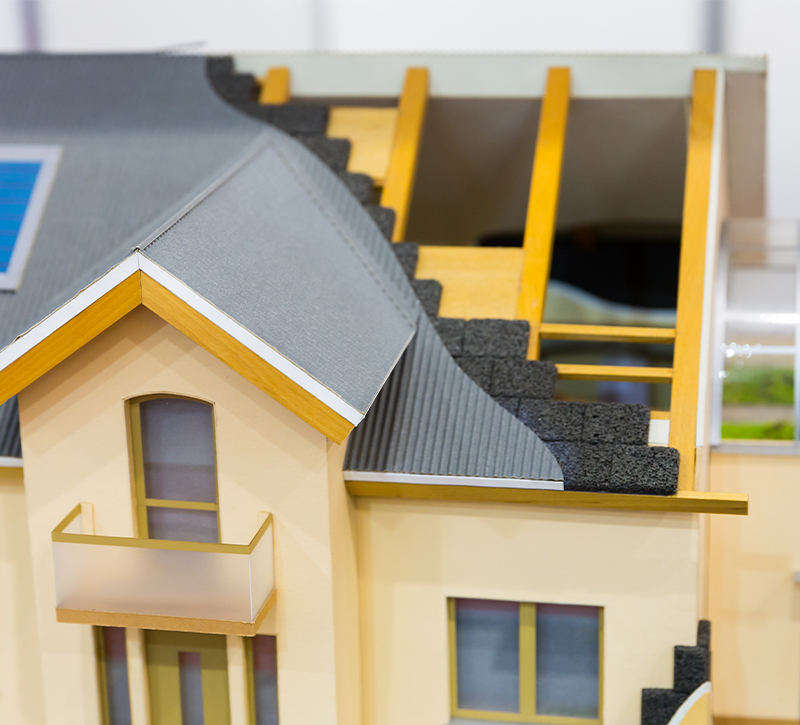
Adding Insulation to Attic for Better Energy Efficiency

Are you looking to save money on your energy bills and make your home more comfortable year-round? Adding insulation to your attic can help improve your home's energy efficiency and prevent heat loss in the winter and heat gain in the summer. In this blog post, we'll walk you through the steps to add insulation to your attic.
Step 1: Measure Your Attic Space
Before you purchase insulation, measure the square footage of your attic to determine how much insulation you'll need. Take into account the depth of the existing insulation and any obstructions, such as ductwork or vents.
Step 2: Choose the Right Insulation Material
There are several types of insulation materials to choose from, including fiberglass batts, blown-in cellulose, and spray foam. Each type of insulation has its own benefits and drawbacks, so do your research to determine which type is best for your home and budget.
Step 3: Prepare Your Attic
Before you install insulation, you'll need to prepare your attic. Clear out any debris or clutter, and seal any gaps or holes in the attic floor or ceiling to prevent air leaks.
Step 4: Install the Insulation
Follow the manufacturer's instructions for installing the insulation, and be sure to wear protective gear, such as gloves and a mask. For fiberglass batts, lay the insulation perpendicular to the existing insulation, and be sure to fill any gaps or spaces. For blown-in insulation, use a machine to blow the insulation evenly throughout the attic space.
Step 5: Check for Air Leaks
After you've installed the insulation, check for air leaks around the attic hatch, recessed lighting, and other potential sources of air leaks. Seal any gaps or holes with weatherstripping or caulk to prevent air from escaping.
Add insulation to attic can be an effective way to reduce energy costs and keep your home comfortable year-round. Here are some tips to consider when adding insulation to your attic:
Determine the R-value needed: The R-value is a measure of insulation's ability to resist heat flow. The higher the R-value, the better the insulation's ability to prevent heat transfer. The appropriate R-value for your attic will depend on your climate zone, so be sure to consult a professional or check your local building codes.
Choose the right type of insulation: There are several types of insulation to choose from, including fiberglass, cellulose, and spray foam. Each type has its own advantages and disadvantages, so consider factors such as cost, R-value, and ease of installation when making your decision.
Seal air leaks: Before adding insulation, it's important to seal any air leaks in your attic. This will help prevent heat loss and keep your home more comfortable. Common areas to seal include around ducts, vents, and electrical wires.
Consider hiring a professional: Adding insulation to an attic can be a challenging and time-consuming task. If you're not comfortable with the process or have a large attic space, consider hiring a professional insulation contractor.
Safety first: It's important to take safety precautions when adding insulation to an attic. Wear protective clothing, such as gloves and a mask, and be sure to avoid contact with insulation materials, as they can cause skin irritation.
Adding attic insulation is a relatively simple and cost-effective way to improve your home's energy efficiency and save money on your energy bills. By following these steps, you can install insulation yourself and enjoy a more comfortable home year-round.
 Rated Excellent
Rated Excellent